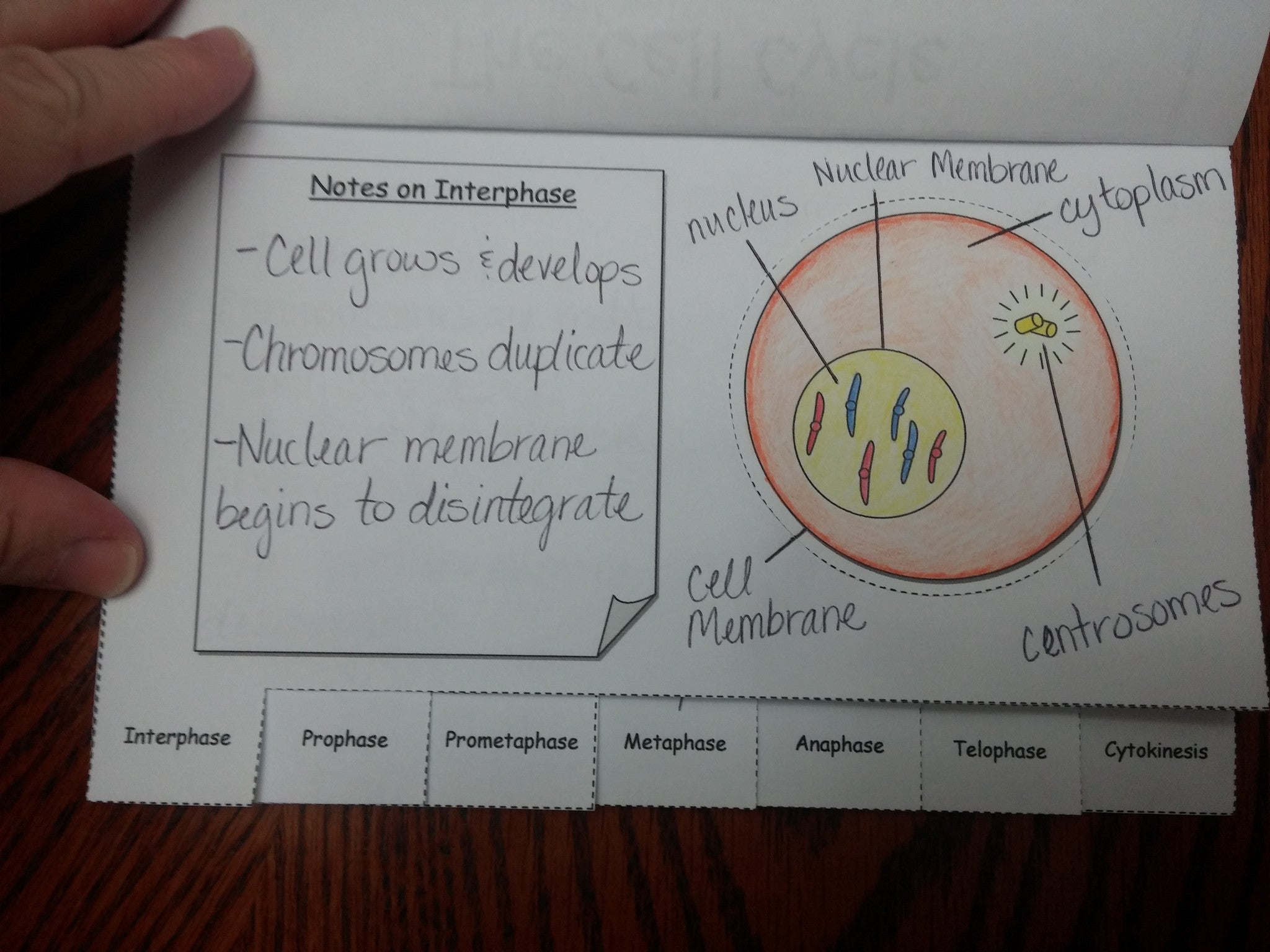

1 flipbook with the diagrams to color placed on their respective pages.

This helps ensure that students are able to identify and sort the different stages of the cell cycle. 1 flipbook with full-color diagrams to placed on a separate page.1 flipbook with the diagrams to color in placed on a separate page.Students will need colored pencils, scissors, a stapler and glue (depending on which version is used). NGSS HS-LS1-4: Use a model to illustrate the role of cellular division (mitosis) and differentiation in producing and maintaining complex organisms.NGSS MS-LS1-2: Develop and use a model to describe the function of a cell as a whole and ways the parts of cells contribute to the function.This resource will support students moving towards the mastery of the Next Generation Science Standards. With what standard does this resource align? This allows you to print a version that works best to support your teaching style and your students’ needs. All images have been designed in Adobe Illustrator and Photoshop to ensure students have access to crisp, clear and detailed images In addition, three different versions of the flipbook are provided. It’s an interactive alternative to traditional note taking and can also be used as an all-in-one study guide or even as an alternative form of assessment. Then, they will record all the descriptions of the different phases and label the major structures present on the diagrams. Students will cut, color, and glue the diagrams of the cells on the pages of their corresponding phases.


Well-rendered visuals that enhances product & aids understanding.This interactive flipbook is an engaging way for students to learn about the phases of the cell cycle and mitosis (interphase, prophase, metaphase, anaphase, telophase, and cytokinesis).


 0 kommentar(er)
0 kommentar(er)
